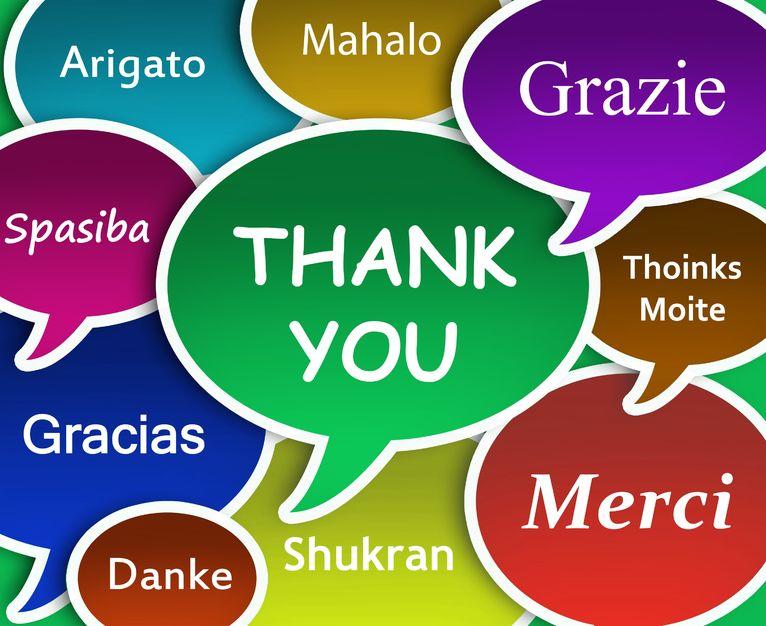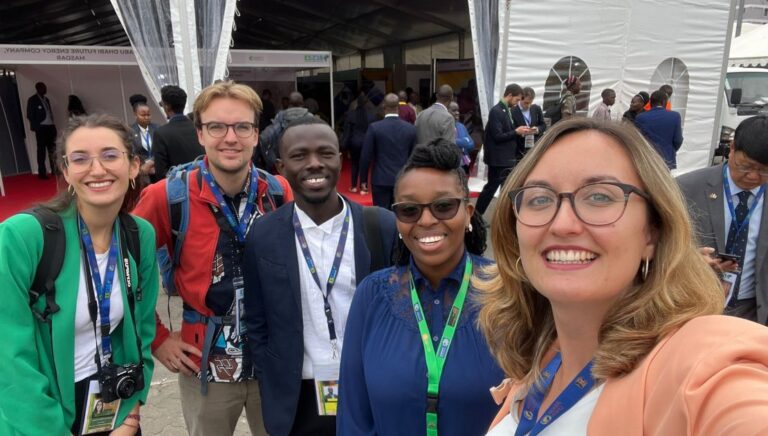FLOODS IN NAIROBI EYED BY YOUNIB TV
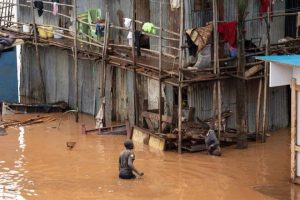
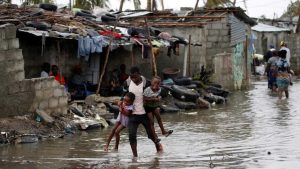
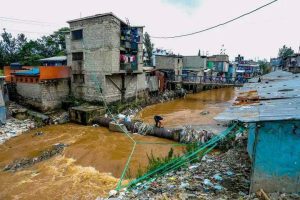
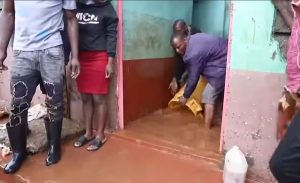
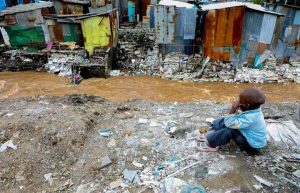 Heavy rains triggered devastating floods here at home in Nairobi, Kenya, leaving a trail of destruction. Flooded streets and houses are common in areas like Chokaa (where we have our Church outstation), Mwengenye Njiru, Dandora and Mathare, where many YOUNIB youth and their lively families reside. The floods have turned their lives upside down, displacing their families and forcing them to seek refuge in temporary shelters with our little help as a group. Even in our parish community in Njiru we came close to disaster, as evidenced by one of my videos.
Heavy rains triggered devastating floods here at home in Nairobi, Kenya, leaving a trail of destruction. Flooded streets and houses are common in areas like Chokaa (where we have our Church outstation), Mwengenye Njiru, Dandora and Mathare, where many YOUNIB youth and their lively families reside. The floods have turned their lives upside down, displacing their families and forcing them to seek refuge in temporary shelters with our little help as a group. Even in our parish community in Njiru we came close to disaster, as evidenced by one of my videos.
What is troubling is that water levels rose quickly, flooding homes and small businesses and washing away their belongings and livelihoods. When young people talk about it and even when we went to the scene, it’s really pitiful. The streets are now rivers, with swirling murky waters, carrying debris and trash. What’s serious is that the stench of sewage and rot fills the air, posing a significant health risk to residents who are already suffering.
Despite the challenges, the YOUNIB community and other volunteers come together to support each other, with people of goodwill providing help and assistance. Alongside YOUNIB, we also saw some rescuers working tirelessly to evacuate stranded people, provide medical care and distribute essential supplies such as food. The start of the school year has even been postponed because the consequences of these torrential rains on the lives of young people are terrible.
Even though we are overwhelmed, we can say that the resilience and courage of people across our communities shines through.
As the waters slowly recede, the extent of the damage becomes clear and the long road to recovery lies ahead. But for how long? Because the rains continue to fall every day and the fear of new cases is present. According to the government, these rains will continue until June. As if to say that this nightmare is likely to continue. Its worth noting that the government has not come out strong to support the people affected across the nation nor has it coordinated the support given by the well-wishers.
As far as we are concerned, for the moment, the focus remains on providing support, comfort and hope to the young people of YOUNIB and those affected by this devastating flood.
Currently In Nairobi County, 31,015 people (6,203 households) in the informal settlements of Kware, Kibra, Viwandani, Mukuru Kwa Njenga, Kayole, and Mukuru Kwa Reuben were affected by flooding due to poor and blocked drainage systems. Most of those affected have reintegrated within their communities, accommodated by relatives and friends while others are renting out places to stay. On 15 April, Athi River burst its banks and submerged homes in Machakos County, affecting 2,215 people (443 households). In Kajiado County, 1,450 people (290 households) have been affected by the floods including 75 people (15 households) in Ngong and 1,375 (275 households) in Kitengela.
From the information we gathered when we visited various affected places the following are the areas that need to be addressed.
· Food and Non-Food Items (NFIs): Distribution of food parcels, clean water, hygiene kits, and sanitation supplies to affected families is crucial to prevent malnutrition and disease outbreaks. – we propose water filters for both households and institutions around the prone areas.
· Shelter: Providing temporary shelter or facilitating repairs to damaged homes is essential to ensure safe and secure living conditions for displaced individuals. Even though the ones displaced currently have shelters, there is
· Medical Care: Collaboration with local health facilities including the catholic sponsored one is vital to provide medical care to the injured.
· Mental Health and Psychosocial Support: The trauma associated with displacement and loss requires addressing. We have started providing counseling services and creating safe spaces for emotional expression which is important for mental well-being.
· Livelihood Restoration: Supporting affected families in restarting their businesses or finding alternative income sources is essential for long-term recovery. This may involve cash assistance, microloans, or skills training programs.
· Infrastructure Rehabilitation: Repairing damaged roads, bridges, and water systems is critical for restoring essential services and facilitating movement of people and goods.


